Transnational Meshworks of Immigration
My latest project is a transnational comparison of institutions of immigration within and across the nineteenth-century British Empire. The first stage will be a digital mapping project to locate and visualise the locations of emigrant depots, immigrant depots, and quarantine stations in communities of origin and destination. Sites and collections identified during this first stage will then form the basis of a second stage to compare the material culture of immigration management in different parts of the empire.

From Immigrant to Settler: Food in Institutions of Immigration
Building on the faunal research I did at Hyde Park Barracks for an Honours thesis at the University of Sydney, my PhD project is a multi-material analysis of food- and dining-related artefacts from the Female Immigration Depot (1848-1887) and the Desitute Asylum (1862-1886). Over 2019-2022 I performed archival research and catalogued more than 18,000 items including animal bone, plant remains, glass, metal, ceramics and paper. Together, these items give us a holistic understanding of what kinds of food were consumed in these institutions, and also the meanings that different styles of food had for the government officials and the women who stayed there.
This project is reinterpreting one of Australia’s most famous heritage sites and drawing attention to the ongoing processes of institutionalisation and re-socialisation of immigrants after the convict period. As one of the first comprehensive studies of an institution of immigration, I am carving out a new area of the archaeology of institutions at the same time as pushing the boundaries of culinary archaeology.

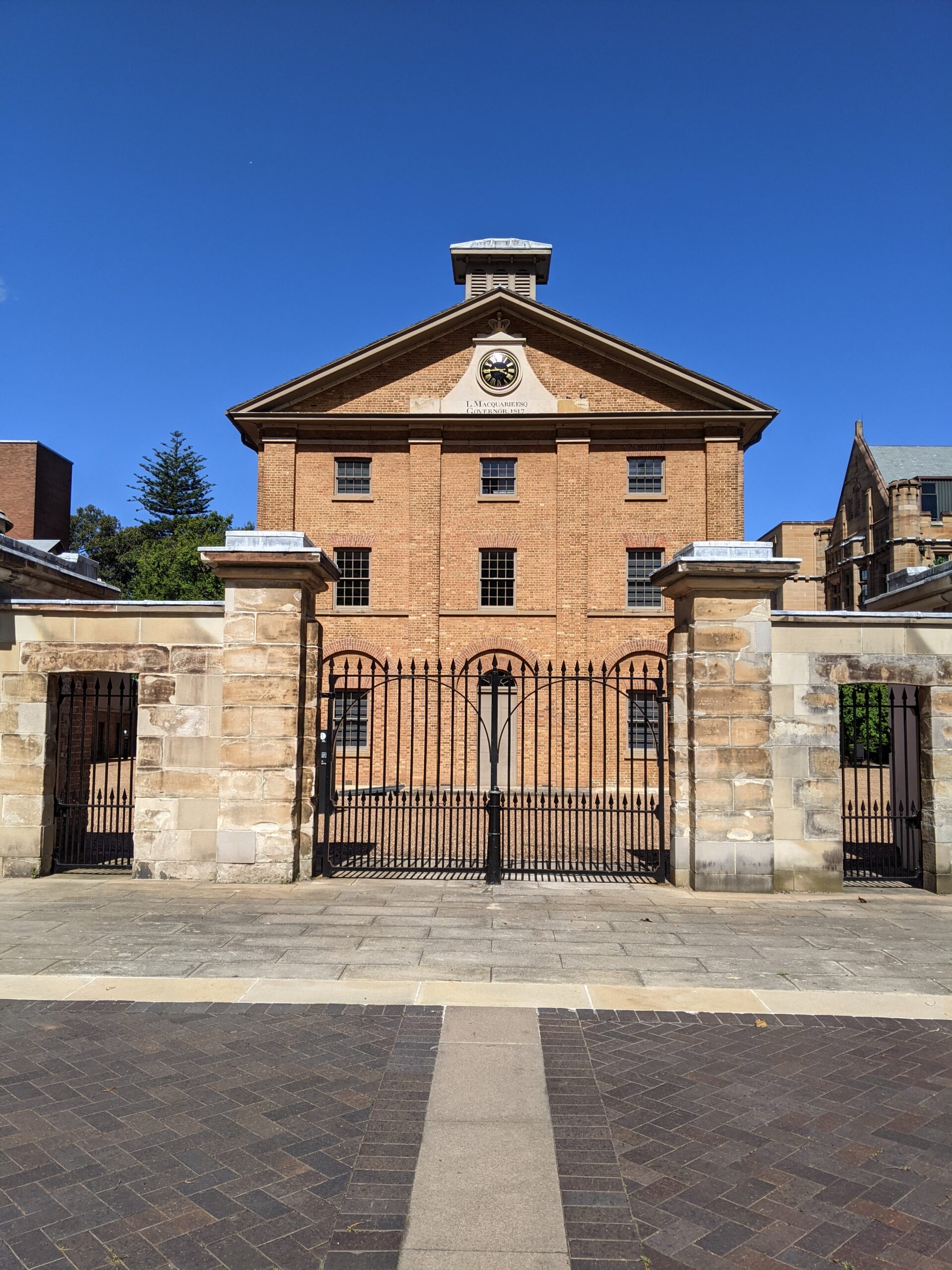
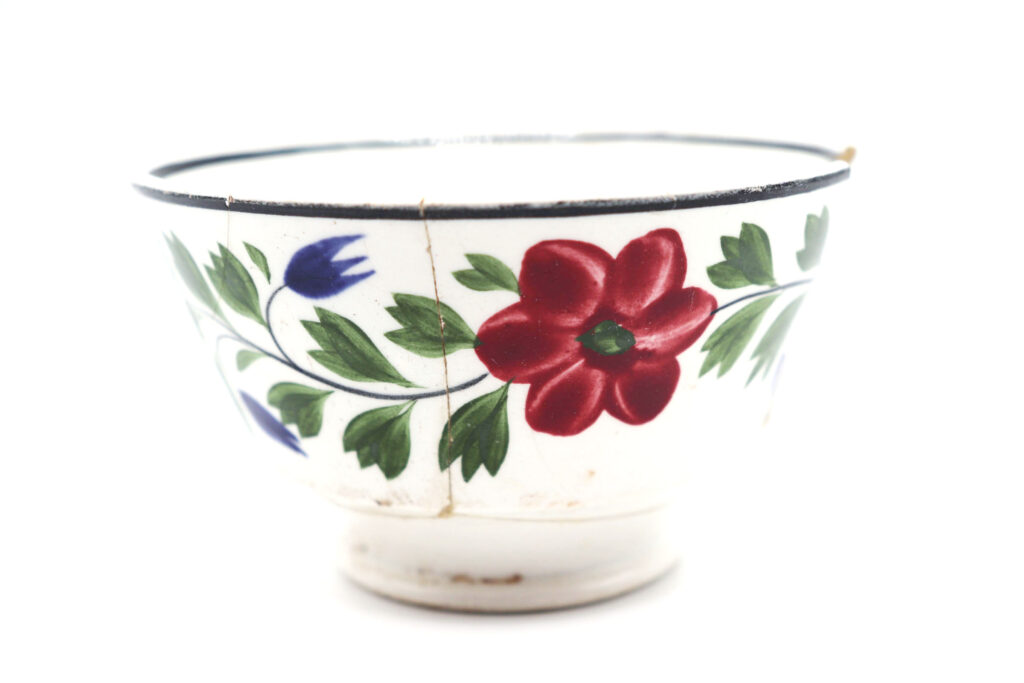
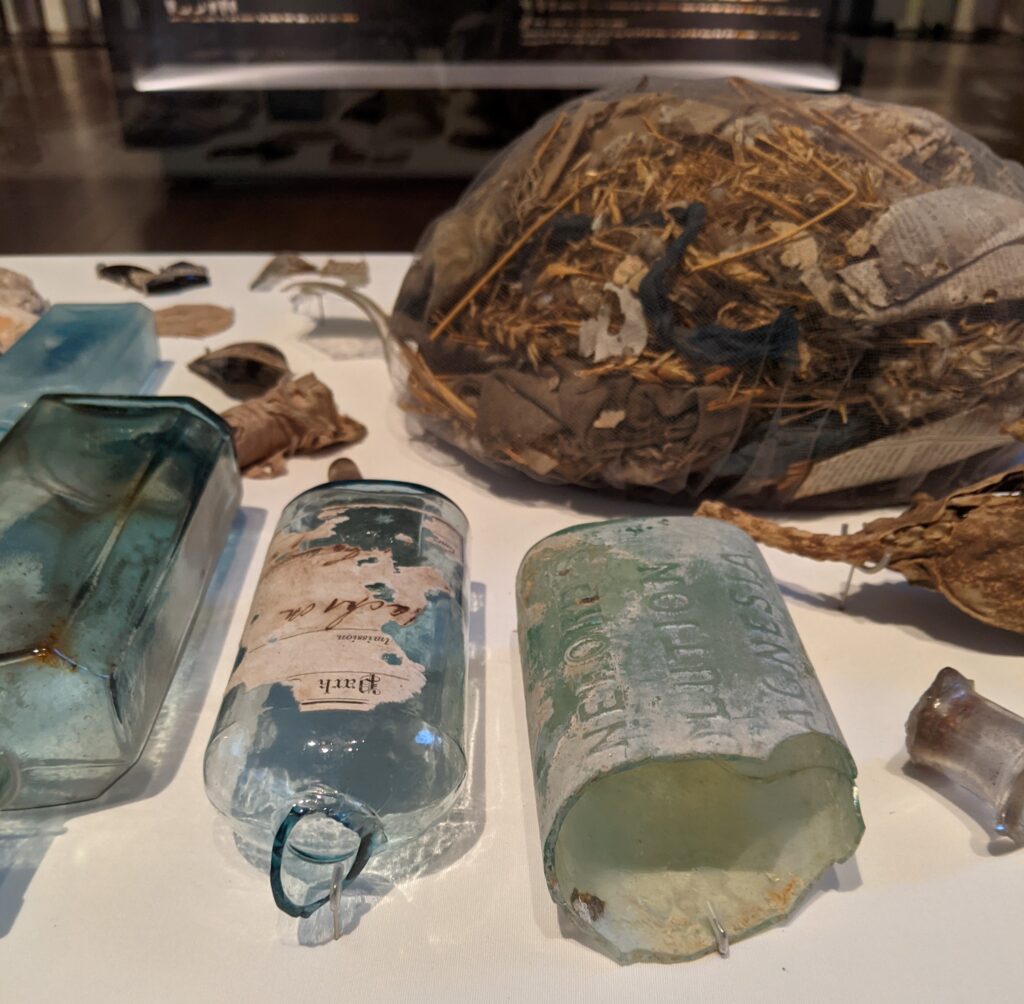
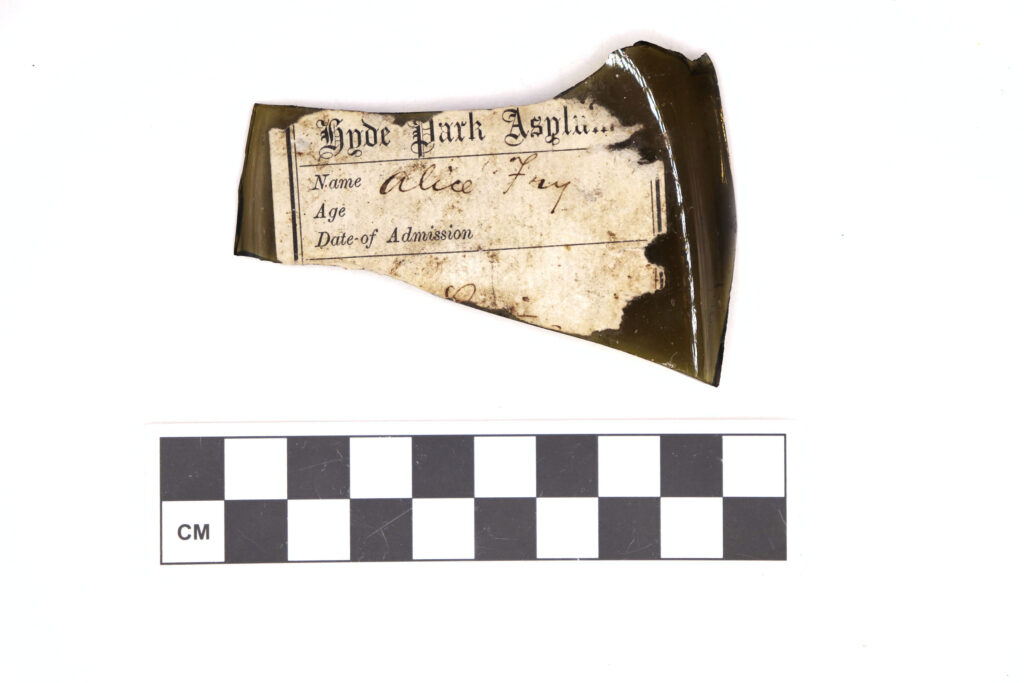

Recipe Book Research
Early modern recipe or ‘receipt’ books offer a unique and invaluable route into the early modern household and, especially, into the lives of the women who compiled them. The books contain medical, culinary and household recipes drawn from friends and family as well as written sources. In my research on the three books by Margaret Baker I’ve demonstrated how genealogical research allows us to discover female networks of friendship and kinship through recipe circulation.
Recipe books are also an excellent pedagogical resource and I teach transcription and paleography workshops using digitized source materials to students of all levels. I’ve worked with Stanford Libraries to digitize Dorothea Rousby’s cookery book for teaching and research purposes and to crowd-source a transcription using the online platform From The Page.
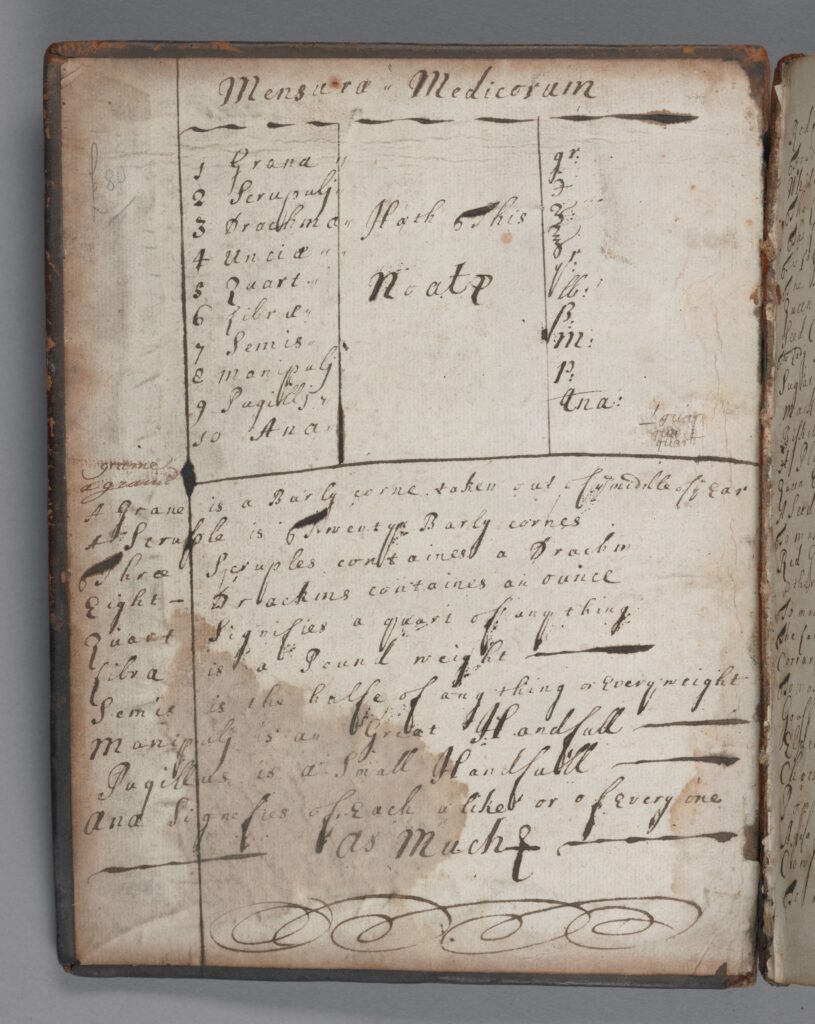
Page from Dorothea Rousby’s cookery book (1694) showing a table of measurements.
Courtesy of Stanford Special Collections.